10 Hidden Gems Around the World You’ve Never Heard Of—But Should Visit

1. Socotra Island, Yemen
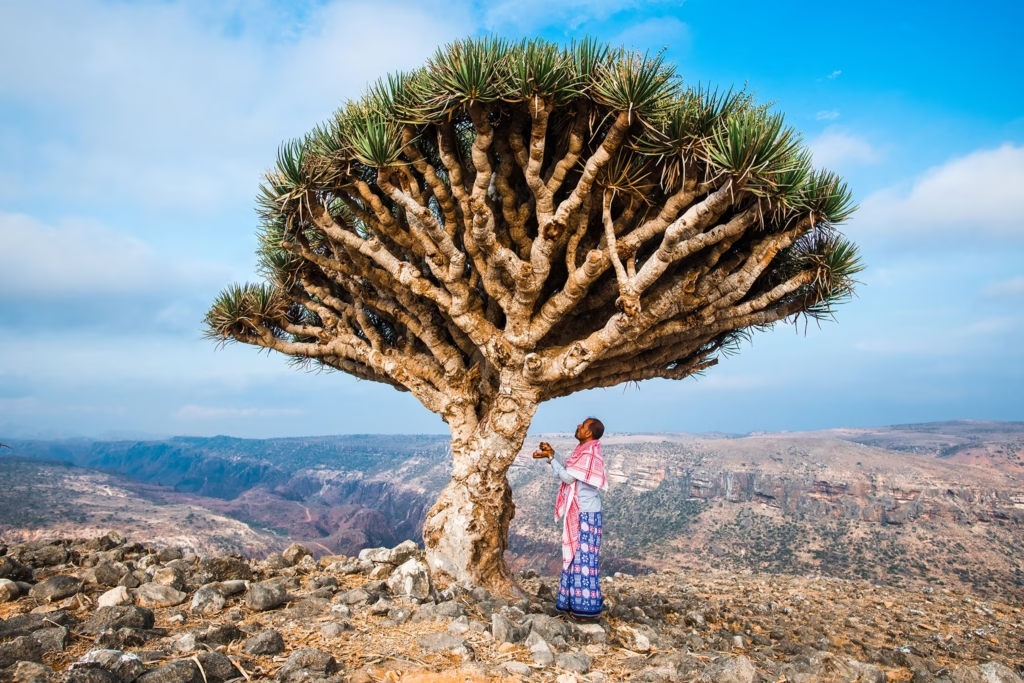



Socotra’s landscapes belong in a fantasy—alien rock formations, beaches fringed by crystalline waters, and forests of Dragon’s Blood trees found nowhere else on Earth. Home to endemic wildlife like the Socotra blue baboon and striking bird species, this gem melds surreal beauty with cultural depth. Its remote location has kept tourism minimal, making it ideal for ecologically minded travelers. Best visited between May and October for smoother weather; travelers should stay informed of local conditions and respect the fragile ecosystem.
2. Matera, Italy

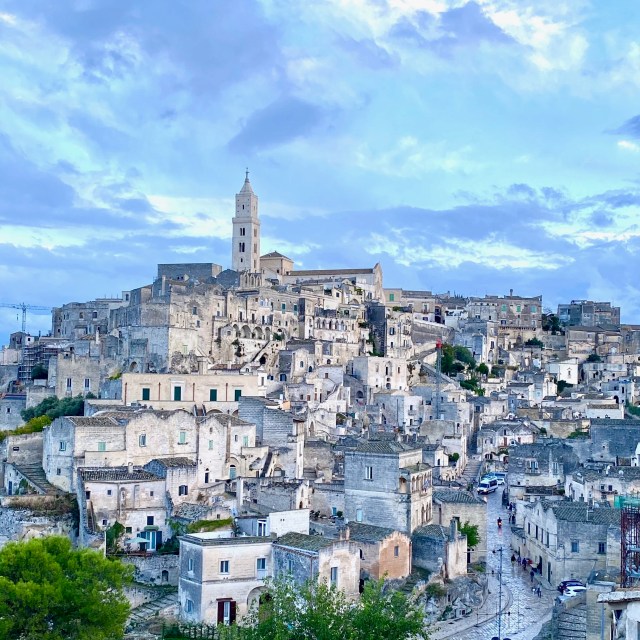
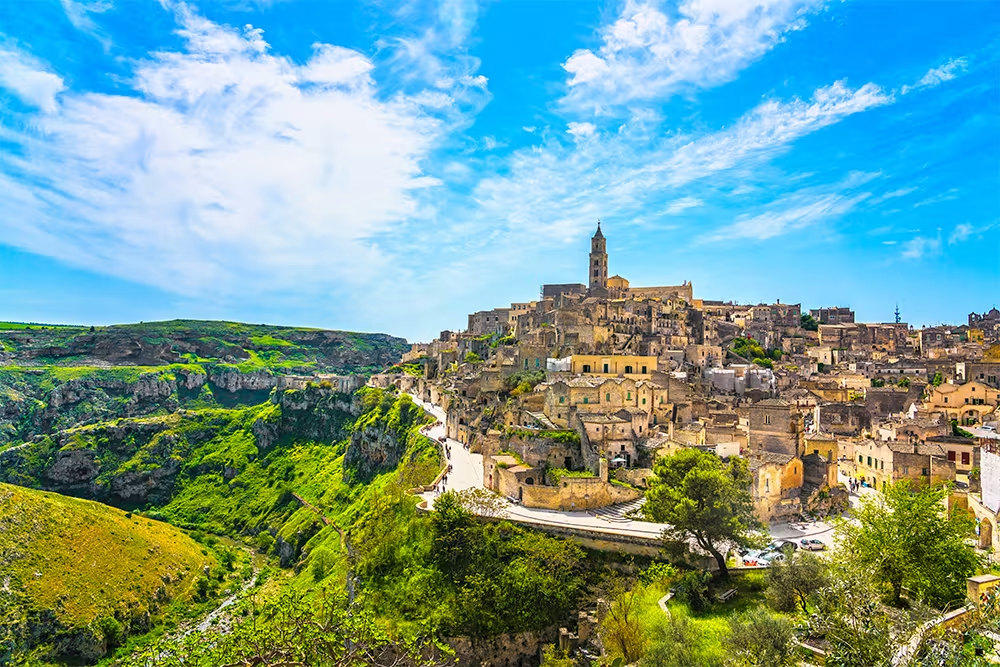

Step into an ancient world in Matera, a UNESCO World Heritage city carved into the limestone cliffs of southern Italy. The Sassi cave dwellings and rock-hewn churches reflect millennia-old craftsmanship. Today, these ancient homes house boutique hotels, artisan dining, and a vibrant arts scene. Matera rewards visitors seeking authentic history—without the mass tourism of Rome or Milan. Visit in spring or fall for pleasant climates and fewer crowds.
3. Svaneti, Georgia




Nestled in the Caucasus Mountains, the region of Svaneti remains one of Europe’s best-preserved mountain cultures. Dramatic alpine vistas, medieval stone watchtowers, rustic hospitality, and hearty local cuisine unite here. Trails like Mestia to Ushguli—one of the world’s highest continuously inhabited villages—offer unforgettable trekking. Support community tourism by staying in family-run guesthouses. Visit between June and September.
4. Gimmelwald, Switzerland




This remote alpine village has resisted development—and that’s its charm. Wooden chalets, wildflower meadows, and dramatic mountain views offer restorative peace. You’ll find hiking paths, picnic spots beside streams, and panoramic lifts like the Schilthorn for high-altitude adventures. Perfect for unplugged nature seekers.
5. Mount Lico, Mozambique
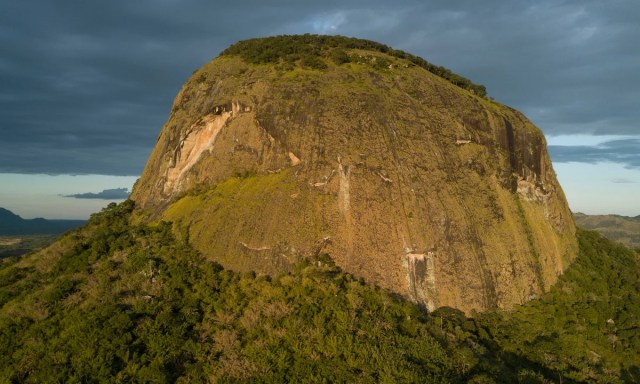

Tucked within Mozambique’s Zambezia province lies Mount Lico, a volcanic dome encapsulating ancient rainforest. Cut off by sheer cliffs, its micro-ecosystem remained hidden until recent expeditions. Visitors can hike steep terrain to discover untouched biodiversity on a living botanical island. This requires careful planning and guided entry—but promises rare discovery.
6. Koya‑san, Japan




Away from Tokyo’s neon glow lies the spiritual heart of Japan: Mount Koya. With centuries-old Buddhist monasteries, Okunoin Cemetery, and serene rock gardens, it’s a peaceful retreat best experienced via temple stays. Participate in meditative rituals and vegetarian cuisine (shōjin ryōri) to immerse in Japanese tradition.
7. Lamu or Essaouira via Africa’s Quiet Corners

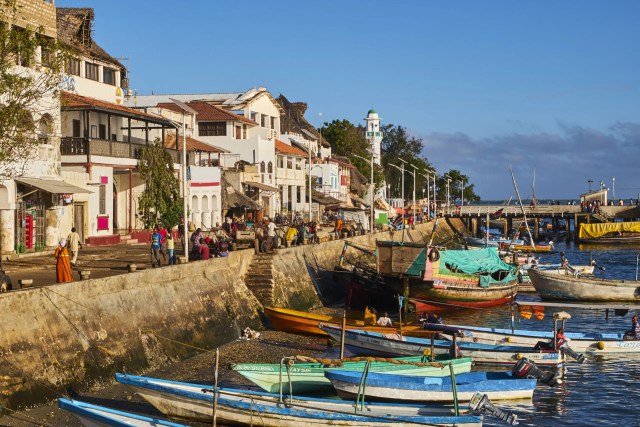


- Essaouira, Morocco: A windswept coastal medina of whitewashed alleys and strong Atlantic breezes. Its seafood, art festivals, and laid-back charm make it a peaceful alternative to Marrakesh.
Aït Benhaddou, Morocco: A striking red‑earthen kasbah, UNESCO‑protected and cinematic yet uncrowded. Its narrow lanes and hilltop views transport you to another era.
8. Once Islas, Philippines



Once Islas is an eco-cultural archipelago in the Zamboanga region, featuring a cluster of eleven islands managed by the local Banguingui community. Accessible via boat from Zamboanga City, these islands feature white‑sand beaches, sandbars, and peaceful seascapes far from the crowds of Boracay. Support local stewardship and enjoy community‑centered ecotourism.
9. Humla, Nepal



Far beyond Nepal’s popular trekking routes lies Humla—a rugged, ethnically rich region in the far northwest. Think remote valleys, centuries-old trading trails, and ancient trade towns. It’s a raw Himalayan journey deeply rooted in tradition. Ideal with community-based itineraries and local guides.
10. Samarkand & Maramureș




Destination insights from passionate travelers on Reddit spotlight unforgettable finds, including:
- Samarkand, Uzbekistan: A majestic Silk Road city famed for Registan’s mosques, ancient madrasas, and centuries of history.
- Maramureș, Romania: A region rooted in folklore and rural craft—wooden churches, agricultural lifestyles, and warm homebrew hospitality.









